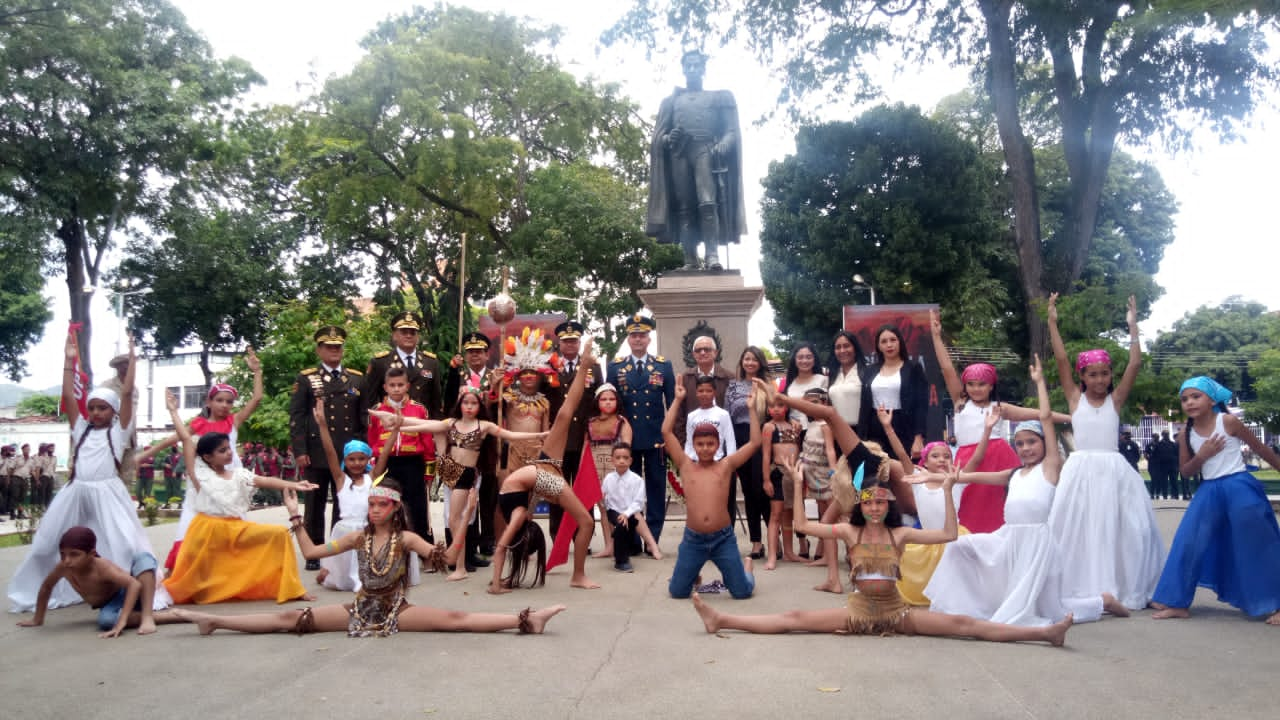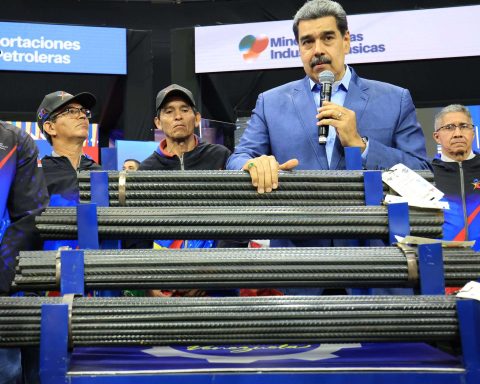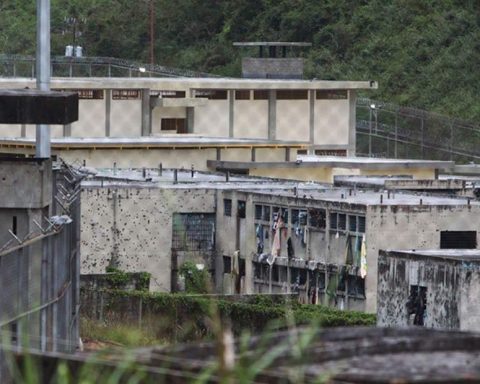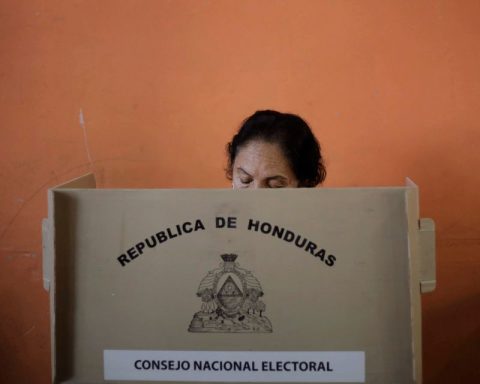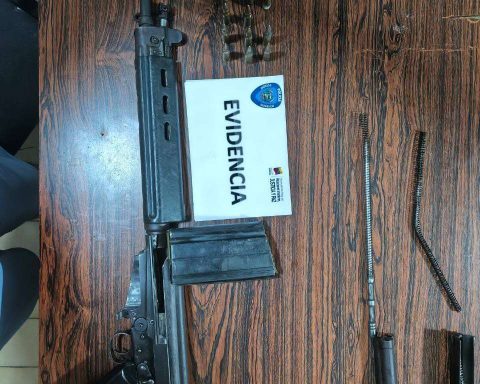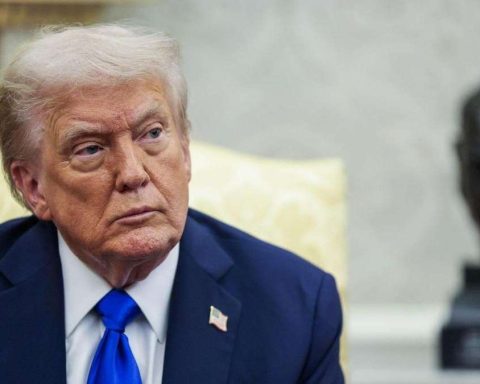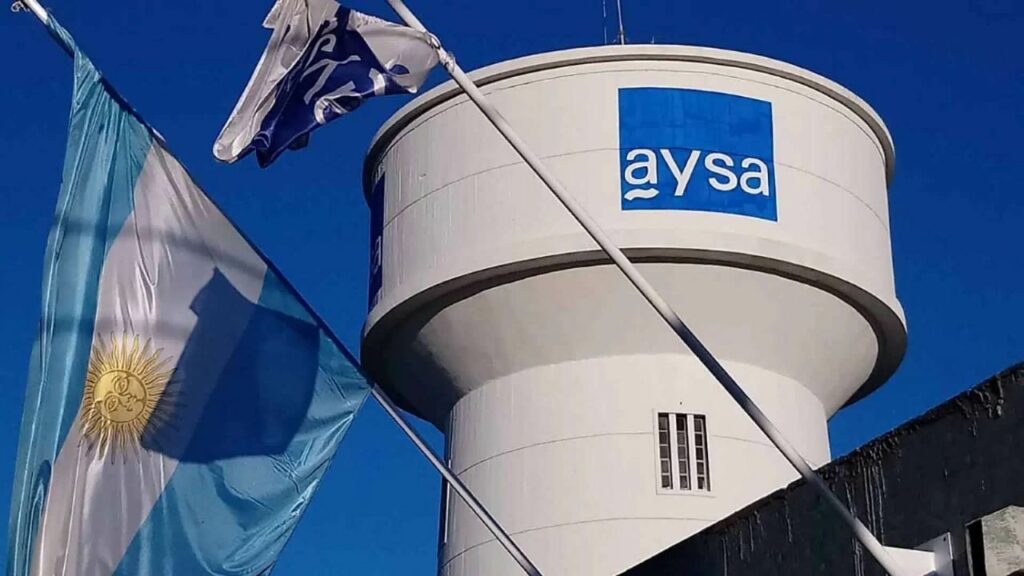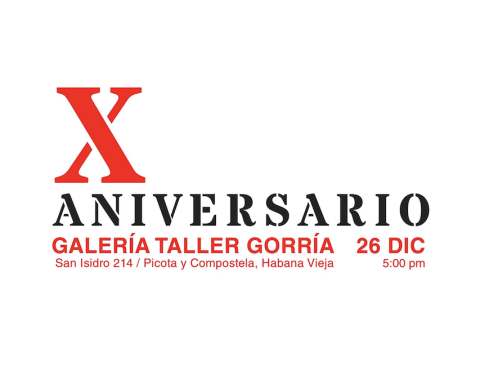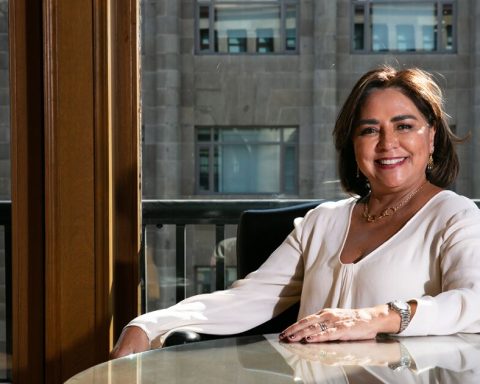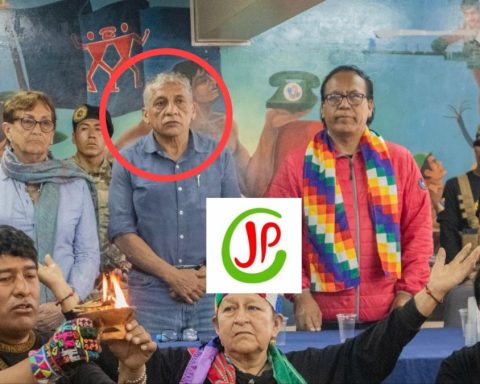With different cultural activities, the 530 years of Indigenous Resistance were commemorated in the country.
In the state of Guárico, a civic, military and police act was held to commemorate 530 years of the indigenous resistancefrom Plaza Bolívar in the Guariqueña capital, Juan Germán Roscio municipality.
The ceremony was headed by the Secretary General of the Government, G/D Roger Cordero Lara; G/B Jesús Jhoel Sánchez Zambrano, Commander of the “Capitán Manuel Ríos” Aerospace Base; G/B Henry José Parra Castillo, second commander of the ZODI Guárico; G/B Eduardo José González Correa, commander of Zone No. 34 of the Bolivarian National Guard (GNB); G/B Efrén de Jesús Flores Méndez, chief of media for the Militia for Zodi Guárico; Dayana Encinozo, president of the State Legislative Council, and other authorities.
Brigadier General Bismarck Castañeda, Commander of the 43rd Great Marshal of Ayacucho Field Artillery Brigade “Antonio José de Sucre”, in his capacity as speaker of order of the activity, maintained that “this date has a historical milestone, of commemoration , and furthermore, it must be a date to remember the remembrances of our roots».
Next, he quoted the writer Eduardo Galeano, who pointed out during the inauguration of the 53rd Casa de las Américas Literary Prize, held in 2012 in Havana, Cuba: «to pay homage to the day of the race (as it was previously known) to the presumed discoverers, who were more cover-ups than discoverers, initiated the colonial plunder, lying in the American reality and denying its dazzling diversity and its deepest roots».
They celebrated 530 years of history
Castañeda also walked through the history that marked the world since 1942, with the arrival of the Spanish conquerors. At the same time, he highlighted the role played by the Liberator Simón Bolívar, in terms of the defense of the indigenous people, detailing some decrees that he issued for their protection.
«Our Liberator was a great precursor, in his capacity as President of the Republic of Colombia and Liberator of Ecuador, he made the first historical demands for our indigenous people. (…) What a mission, what equality, that of the Father of the Nation!” said the Commander.
Meanwhile, he recalled President Hugo Chávez, pointing out that he was also a “great visionary and defender of the rights of the indigenous population», who, in addition, decreed in 2002, that every October 12, the Day of Indigenous Resistance be commemorated in the country, thus repealing the «Día de la Raza», decreed in 1921 by the then president, Juan Vincent Gomez.
They delivered floral offerings and performed cultural presentations
During the event, different floral offerings were delivered before the monument of the Liberator Simón Bolívar, by the Bolivarian National Armed Forces (FANB), Executive Power and Legislative Power of the Guárico state.
Likewise, the act also featured different cultural presentations in honor of this celebration, where children and young people from the Foundation for the Promotion of Culture (Fundaculgua) and the Guari Dance Academy, performed dances and declamations.
With the raising of the flag, commemorative acts began
Earlier, the civil, military and police authorities raised the National Flag to start the commemorative acts of the Cry of Indigenous Resistance, against the invasion and dispossession of the original territory by the Spanish invaders.
This activity was carried out from the Monument to the Flag, located in the roundabout on Miranda Avenue, in San Juan de los Morros.
Miranda authorities commemorate 530 years
In the Plaza Guaicaipuro de Los Teques, Miranda state, with the presence of Mayor Farith Fraija and other municipal authorities, the 530 years of the Indigenous Resistance were commemorated.
“This day completely changed the history of our indigenous communities, of our aboriginal peoples and begins an aggressive colonization process, which has been one of the most virulent massacres and genocides that the history of the world has known,” he said. the local president according to a press release.
Fraija highlighted the initiative promoted by Cacique Guaicaipuro to confront the Spanish army in the mid-16th century. “He achieved what no other leader had achieved at the time. It was through a work of conviction and grouping that he unified a group of caciques to defeat those who wanted to take over our wealth, “he said.
The action of who was recognized as the leader of the indigenous resistance by our original peoples, in the words of the mayor of the municipality that bears the name of the Venezuelan cacique, motivates reflection.
“What our Cacique Guaicaipuro did leads us to reflection and that is that separated and divided we are not going to be able to consolidate the project of Comandante Chávez, which is precisely to defend national sovereignty and independence,” said Farith Fraija.
The commemorative event was attended by a group of indigenous people who live in the jurisdiction, who, together with officials from the Bolivarian Militia, placed a floral offering and some agricultural items before the central statue of Guaicaipuro.
Those present enjoyed a staging about Cacique Guaicaipuro, performed by indigenous boys and girls, as well as historical reviews of October 12.
Monagas commemorates struggle of indigenous peoples
With an act in the Plaza Bolívar de Caicara de Maturín in Monagas state, followed by a solemn session of the Municipal Chamber, the town of Cedeño commemorated the Day of Indigenous Resistance, reports the Instagram of the Cedeño mayor’s office.
The act was headed by the mayor of this jurisdiction, Daniel Monteverde, together with the civil and military authorities of the entity, who highlighted the importance of showing what really happened on October 12, 1492.
“We have to say that there was no discovery here, what really happened was an attack on our ancestral communities, they fought so that today we are a free and independent country,” Monteverde said.
He highlighted the importance of imparting knowledge to children and young people, so that they know what happened 530 years ago.
In turn, the students of the educational centers of the Caicara parish, performed “dramatizations, declamations and songs to highlight the gallantry of the aborigines, who defended their territory from the Spanish empire.”
The Legislative Council in Maturín recalled the day of indigenous resistance
Meanwhile, in the Maturín municipality, they also commemorated 530 years of indigenous resistance, in a special session held in the auditorium of the Monagas State Legislative Council (Clsem), to honor the kindness of the people who faced the invaders. Spanish in the year 1492.
The special session was held with Clsem deputies and councilors from the Maturín municipal chamber, accompanied by its presidents Moisés Morón and Maritrina Bastardo.
They also awarded recognition to important brothers from the Monagas state, who have contributed to the claim of their ancestral rights.
